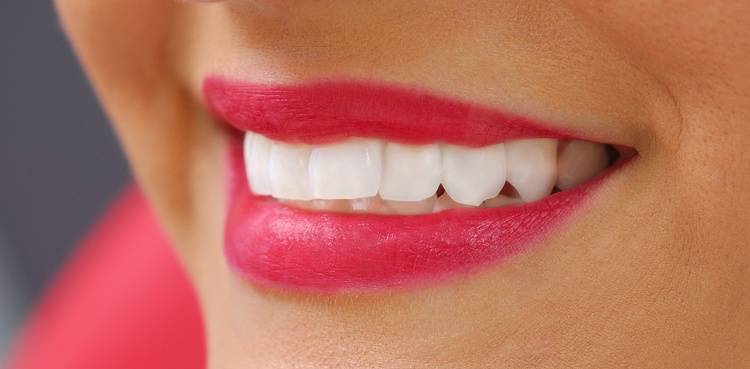Tips for safety teeth whitening

You don't like the color of your teeth? You feel awkward when you smile?
Stunning smiles look now available thanks to teeth whitening. From marketed bands to teeth whitening in the dental office you have a variety of options for a refreshment of stained or discolored teeth.
Many people think that bleaching damages the enamel of the tooth. Only teeth whitening, done properly, is
- safe and fast,
- secure,
- efficient and a predictable way to change your smile.
During and after bleaching avoid eating colored foods and drinks.
Dental office
Whitening products can be applied in the dental office or at home, but under the supervision of a dentist or purchased from the market. No matter how you decide to whiten your teeth, be sure to visit your dentist for professional cleaning and examination. Teeth cleaning can often remove all external stains and you may find that this is all it takes to have whiter teeth and brighter samile. During the examination your dentist will check the condition of your teeth and gums. Whitening is safe and effective after the treatment of all other problems in your mouth.
Ask your dentist which system to use and how teeth whitening can be achieved so that you have realistic expectations. As a rule, yellow teeth respond well to whitening, while brownish, grayish, and colored after taking tetracyclines in childhood teeth are bleached more difficult.
It is important to know that restorations (fillings), veneers and crowns will not whiten. So if you change the color of teeth around them, a difference can be obtained . Ask your dentist if whitening is the most appropriate in these cases.
If you choose to use commercially available bleaching products do not leave them longer than the manual advises.
Pregnant or lactating women are advised to postpone teeth whitening.
Sensitivity
Pregnant or lactating women are advised to postpone teeth whitening.
Tooth sensitivity is a side effect of the procedure, which makes people think that it causes irreversible damage to the teeth. It often occurs during the early stages of bleaching and depends on the strength of the whitening agent, how and how much time it is applied.
Fortunately, it is usually short and resolves within a few days. To reduce discomfort, avoid very hot or cold foods and drinks, try to breathe through your nose and take a painkiller. Toothpastes intended for treating sensitive teeth, can also help. Tooth sensitivity after bleaching does not appear in all patients.
Uncomfortable trays, used for placing whitening product or strips can cause irritation of the gums, which stops after treatment.
During and after bleaching avoid eating colored foods and drinks.
